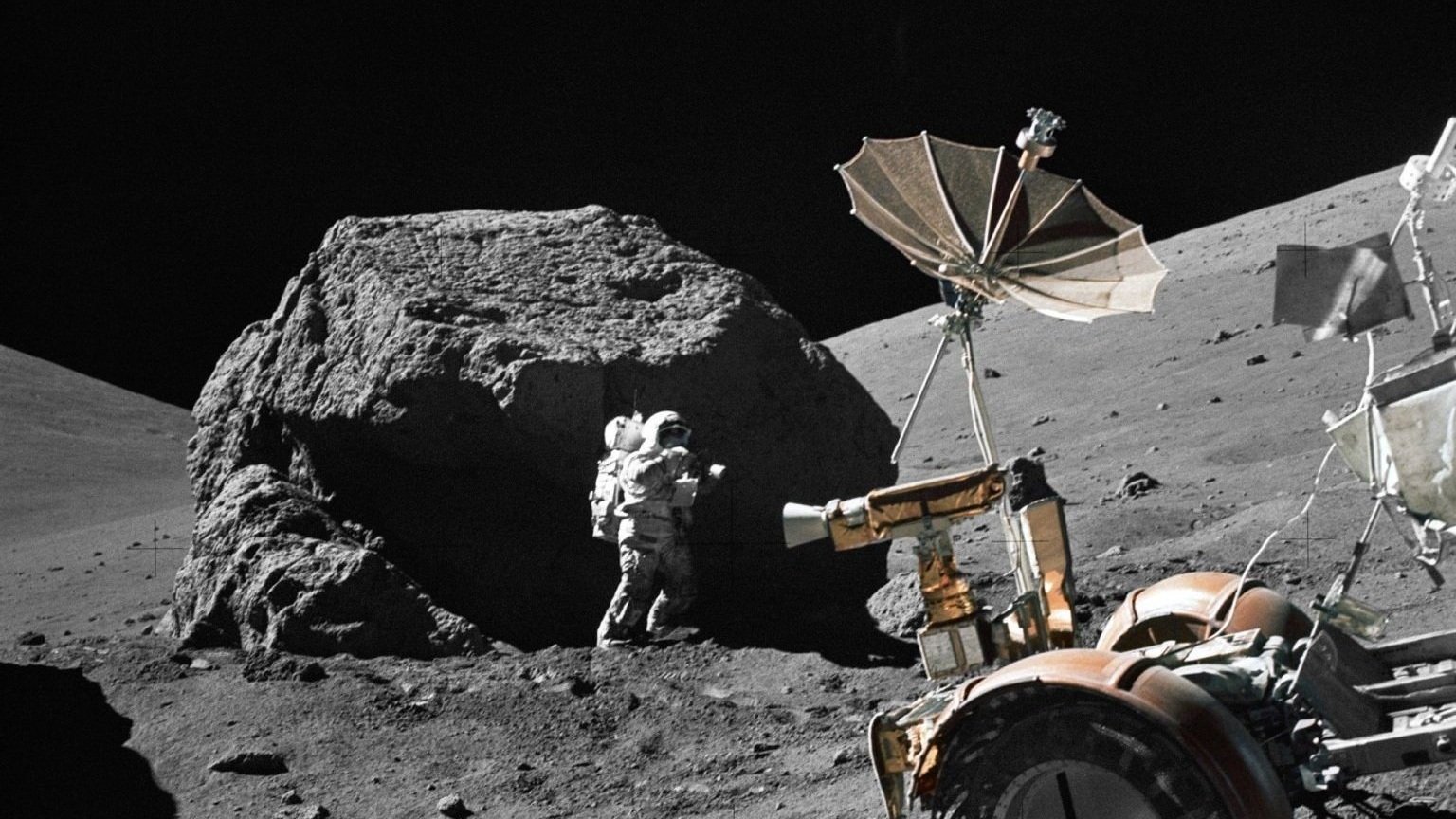Understanding the Lunar Governance Challenge
Published January 24, 2024
This Takshashila Discussion Document provides an overview of lunar governance challenges.
Executive Summary
Human activity on the Moon is set to spike over the coming decade as spacefaring states pursue ambitious projects for lunar exploration, habitation, and resource utilisation.
Lunar activity is driven by scientific, political, economic, and even strategic considerations. International competition for prestige and technological supremacy will spur exploration of the Moon.
The present architecture of lunar governance consists of a mix of ageing treaties and informal agreements that have little to say about pressing issues such as deconfliction, heritage sites, and resource utilisation.
The Artemis Accords cannot replace the need for a revised multilateral, legally binding treaty governing human activity on the Moon.
As a spacefaring state with significant lunar ambitions, India’s preferred outcome would be to place reasonable restraints on the activities of more advanced spacefarers, while ensuring its own freedom of action.


